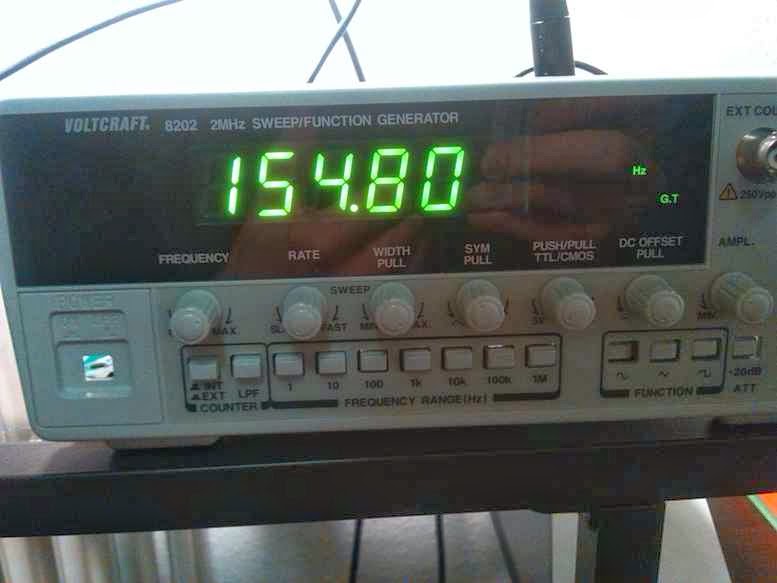I do have a small CNC milling machine at home, I build to be able to prepare housings for my electronics projects. The machine has a working area of around 200x300x70mm and a typical 43mm tool holder. A spindle which I used at the beginning was 550W Kress FM 6955 without any speed regulation. I tried to supply it from phase controller but stable regulation range was just to narrow. Kress is a great tool but is extremely loud, I was thinking about building something smaller what would fit 43mm holder to be able to change tool quickly.
I don't expect it to be fast and powerful, the main criteria is to have a quiet machine to be able to work at home.
At the same time my great college from work got himself a Prusa 3D printer, I see he has got a lot of enthusiasm for printing and is happy to challenge his machine so I designed in a Freecad two holders for 608 bearings around which I build my tiny CNC spindle. Following pictures show the designing process.
This are screenshots from a FreeCAD:
And this are two holders as came from 3D printer. Note square nuts which are faced with a surface of "ears".
This is ER8 collet with a 8x100 roller and one 608 bearing already pressed on.
The construction is hold by three pieces of M4 screw threads, there is a brushless RC motor attached to the round aluminium plate which serves a s heatsink for the motor too.
I don't have access to lathe so I had to improvise a coupling out of a piece of elastic hose which is supposed to be a fuel hose in a garden lawnmower. I can recommend this type of hoses because of their incredible flexibility. Soon I will be able to tell how does it withstand higher temperatures because the motor is heating significantly.
Pros:
-the construction is much quieter than the "big" spindle and is strong enough to mile with 1x4mm bit in a plywood
-scaleability - you can easily mount a bigger and/or different motor
-easy accessible parts - ER8 collet costs around 10 Euro if ordered from China (ebay), motor around 20 plus 10 for ESC to drive it, rest of components is maybe another 10 Euros and can be obtained in a regular hardware store, usually DIY people have some sort of power supply so I will not put it on a bill.
Cons:
-bearing is getting warm when rotating, I didn't do long run tests but I have some concerns, BLA - material used for 3D printed parts has got a glass transition temperature of around 65 oC so there is not much headroom without forced cooling. Another possibility is to search bearing with a lower friction, I will update this page as soon I will get any test results.


































